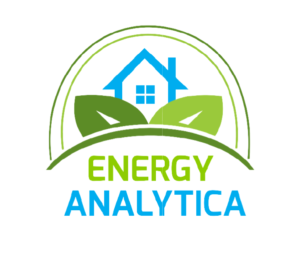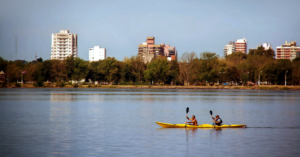Energy impacts associated with the hot water distribution systemvary widely based on the type of system, quality of insulation and installation, building andplumbing design, and hot water use patterns. For this reason, it is important to choose the right water heater and have a good distribution system design.
Residential Water Heating Equipment
Residential water heaters primarily provide hot water for direct use (e.g., in showers and
faucets) and for appliances such as dishwashers and clothes washers. There are several types
of residential water heaters described below. The most common water heaters in single-family
homes are small storage or instantaneous water heaters. For multifamily buildings, two options
are commonly used: either one or more commercial storage water heaters or one or more
boilers coupled with a storage tank to serve the entire building. Alternatively, water heaters are
installed in each dwelling unit (similar to single-family).
Storage Water Heaters
- Storage water heaters use gas (natural gas or propane), electricity or oil to heat and storewater at a thermostatically controlled temperature (less than 180⁰ F) for delivery on demand.Federal appliance efficiency standards differentiate storage water heaters based on whetherthe rated storage volume is greater than 55 gallons or less than or equal to 55 gallons.
The U.S. Department of Energy (DOE) classifies residential gas water heaters as having aninput of 75,000 BTU per hour or less and has a storage capacity ranging between 20 and 100gallons. A basic gas storage water heater is composed of a standing pilot ignition system, aburner, a combustion chamber, a flue baffle, a flue, an insulated water tank, a cold water inletand hot water outlet, a sacrificial anode, a gas valve, a temperature and pressure relief valve, athermostat, heat traps, and an outer case.
The DOE classifies residential electric storage water heaters as having an input of 12 kW orless and have a storage capacity ranging between 20 and 120 gallons. A basic electric storageresidential water heater differs from gas water heaters by using an electric resistance heatingelement.
The DOE classifies residential oil storage water heaters as having an input of 105,000 BTU perhour or less and a storage capacity of 50 gallons or less. A basic oil storage residential waterheater consists of a combustion chamber, a flue baffle, a flue, an insulated water tank, a coldwater inlet and hot water outlet, a sacrificial anode, a power burner system, a thermostat, atemperature and pressure relief valve, and an outer case.
Tankless Water Heaters
- Instantaneous water heaters, commonly referred to as tankless or on-demand, heat waterusing natural gas, electricity, or propane. These units do not have a tank for storing heatedwater but instead use a sensor that detects the flow of water over the heat exchanger thatinitiates the heating element (typical volumes around 0.5 gallons). Instantaneous units arecapable of delivering water at a controlled temperature of less than 180⁰F. Instantaneous water heaters require an electrical connection for controls and the combustionair blower, a direct or power venting system, and a larger gas line.
- Electric instantaneous water heaters are not generally designed for use with solar water
heating systems or as heat sources for indirect-fired water heaters. They are also typicallyinappropriate for use with recirculation systems.
Heat Pump Water Heaters
- A storage heat pump water heater is an electric water heater that uses a compressor to transferthermal energy from one temperature level to a higher temperature level for heating water. Itincludes all necessary auxiliary equipment such as fans, storage tanks, pumps, or controls.
DOE classifies heat pump water heater under the category of electric storage water heater, and
it must meet the federal minimum efficiency standards, depending on tank size.
Solar Water Heaters
Solar thermal systems save energy by using renewable resources to offset the use ofconventional energy sources.
For single-dwelling solar thermal systems, systems must be Solar Rating and CertificationCorporation (SRCC) approved. Accepted testing procedures include either a fully approvedsystem with OG-300 test results or a built up system that uses the collector (OG-100) rating.
For multifamily buildings, only systems with OG-100 collectors can be installed.
(Excerpted from CEC Title-24 Part 6 Residential Compliance Manual)




